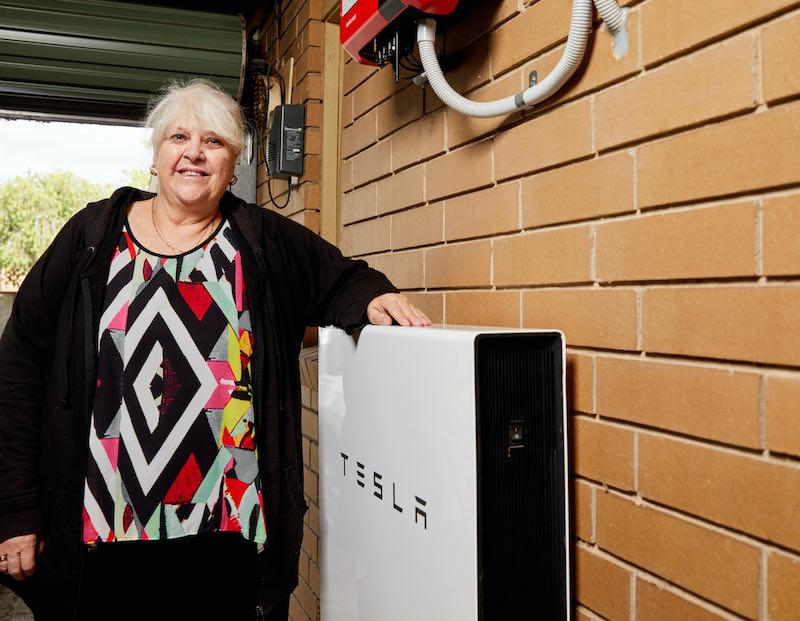The VPP also includes private customers of Tesla and Energy Locals, who provide discounts on daily charges and energy fees in return for being able to access the batteries. They need access to 5kWh – the maximum discharge – for short periods to deliver the 10MW of FCAS capacity.
“In a world-first, home batteries will provide the grid stability services that South Australia has lacked since the closure of the Northern Power Station, to address the legacy of instability that we inherited,” energy minister Dan van Holst Pellekaan said in a statement at the time.
“This will deliver at a household level what we are also delivering through the 50% expansion of the big battery at Hornsdale Battery to address these legacy issues.”
Tesla and Energy Locals are not the only VPP to operate in the market. AGL has a smaller VPP – also in South Australia – registered for FCAS, but its capacity ranges from 2MW to 3MW.
Most of the FCAS supply – which amounts to more than 2,500MW – has been supplied by coal, gas and hydro plants, although big batteries at Hornsdale, Lake Bonney, Gannawarra and Ballarat are taking an increasing share. Two wind farms at Hornsdale, which like the Hornsdale battery are owned by Neoen, are also registered for some FCAS services.





